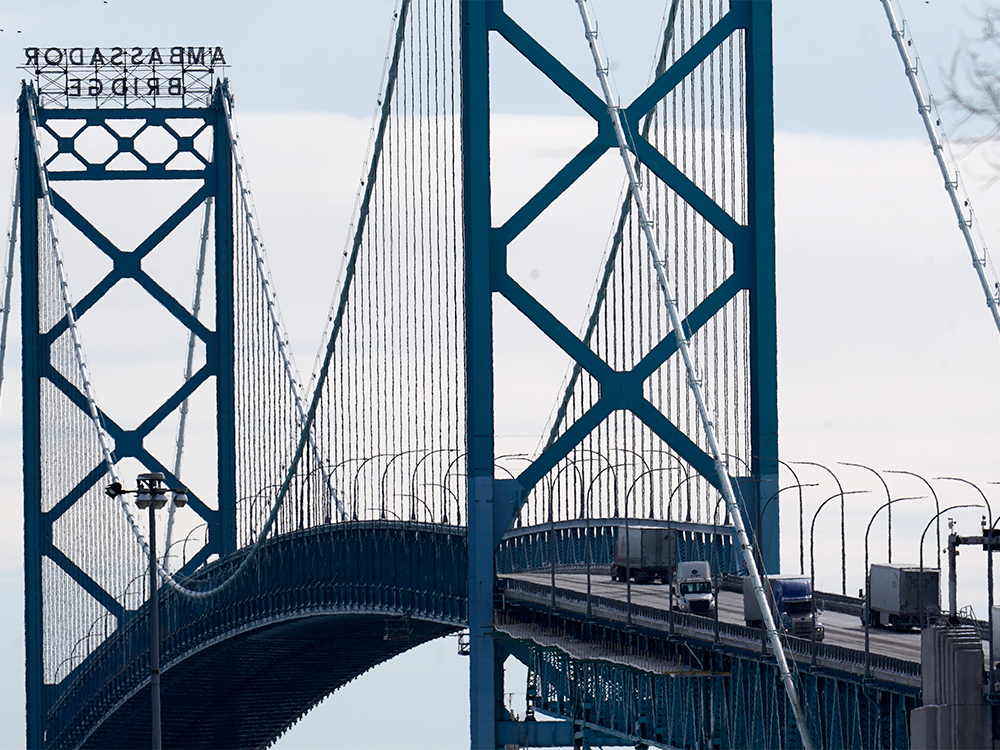Job creation accelerated in May but are still below lofty expectations

Job creation disappointed again in May, with nonfarm payrolls up what normally would be considered a solid 559,000 but still short of lofty expectations, the Labor Department reported Friday.
Payrolls were expected to increase by 671,000, according to economists surveyed by Dow Jones.
The unemployment rate fell to 5.8% from 6.1%, which was better than the estimate of 5.9%. An alternative measure of unemployment that includes discouraged workers and those holding parttime jobs for economic reasons edged lower to 10.2%.
May’s letdown came after April sharply undershot expectations, with the upwardly revised 278,000 still well short of the initial 1 million estimate that came with high hopes for an economy trying to shake loose its pandemic shackles.
Markets were not disappointed by Friday’s report. Stock market futures actually rose, with investors betting that the measured pace of job gains would keep the Federal Reserve from raising interest rates and tightening monetary policy.
“Economists have been a little overly optimistic about the pace of which we’re moving here. It takes a while for people to get jobs,” said Kathy Jones, head of fixed income at Charles Schwab. “For the stock market, there’s no reason for the Fed to move too quickly, and therefore that’s also good news for the bond market.”
The employment- to-population ratio, which some Fed officials have cited as an important gauge of labor progress, inched higher to 58% but remained well short of its pre-pandemic level of 61.1%. The labor force participation rate, another closely watched metric, edged lower to 61.6% as the size of the group fell by 53,000 with more than 100 million American workers remaining on the sidelines.
The jobs miss comes as employers widely cite a labor shortage as a critical factor in why more hiring is not happening. Some have attributed the situation to generous unemployment benefits as well as child-care issues and continuing fears about the coronavirus as obstacles to filling the 8 million vacant positions.
The services industry took the biggest hit from the pandemic lockdowns and continued to lead the job creation in May.
Leisure and hospitality added 292,000 positions, with the bulk of 186,000 coming in restaurants and bars.
Public and private education also saw the benefits of reopening, adding 144,000 across the board. Other gains came from health care and social assistance (46,000), information (29,000), manufacturing (23,000), transportation and warehousing (23,000), wholesale trade (20,000) and professional and business services (35,000).
Construction lost 20,000 positions while retail also was down 6,000.
Diminishing Covid-19 cases and a continued brisk pace in vaccines have pushed elected leaders to relax restrictions put in place to halt the spread of the virus. The economy grew at a 6.4% pace in the first quarter and is on track to accelerate at a 10.3% pace in the second quarter, according to the latest reading from the Federal Reserve in Atlanta.
But the U.S. jobs level is still about 7 million shy of where it was pre-pandemic.
One notable part of the report was an acceleration in wage gains, which rose 2% year over year from being up just 0.4% in April.
Economists had largely been dismissive of average hourly earnings numbers for much of the post-pandemic period due to compositional factors where the bulk of hires came from higher-earning positions. With the return of more hospitality workers, the numbers are more relevant and now indicative of rising wage pressures.
Unemployment levels fell substantially across racial groups, with Blacks and Hispanics each seeing a 0.6 percentage point decline to 9.1% and 7.3% respectively.
Become a smarter investor with CNBC Pro.
Get stock picks, analyst calls, exclusive interviews and access to CNBC TV.
Sign up to start a free trial today.




